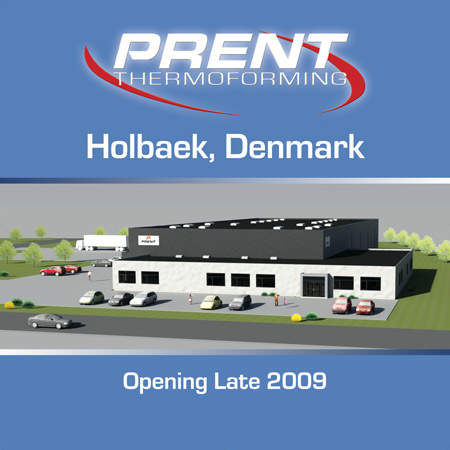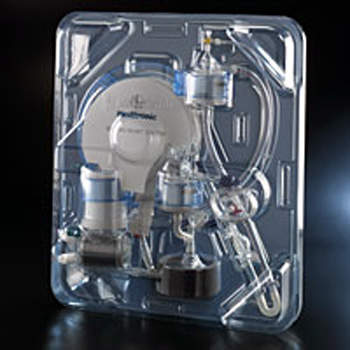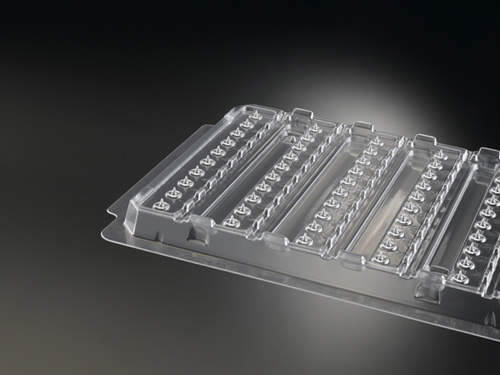Prent, a leading US manufacturer of thermoform plastic packaging for many of the world’s largest medical, electronic and consumer corporations, recently announced plans to build a new plant in Holbaek, Denmark. The company already has thermoform packaging facilities in China, Malaysia, Puerto Rico and the US (Wisconsin and Arizona). The sixth plant will facilitate direct manufacturing in Europe and will cater to the packaging needs of European medical device manufacturers.
Prent acquired about 18,000m² of land for its new plant and started construction with an estimated initial production cost of €8 to €10m. The plant is slated for completion towards the end of 2009.
The plant will have a comprehensive coverage of design tool engineering and building including Class 100,000 clean rooms. Apart from its existing technology for designing and developing packaging solutions, Prent will also build its own thermoforming equipment and develop its own software to operate the machinery. The equipment will be built at the company’s machine build facility in Janesville, Wisconsin.
State-of-the-art technology
The plant will use advanced technology in terms of CAD, CNC tool building and all the thermoformers will be electric and energy-efficient.
Pressure forming – blow thermoforming – will be used in the plant. Pressure Forming is an advanced technology wherein the plastic sheet is pre-stretched through the application of positive air pressure on the side of the sheet away from the mold. The vacuum gate remains close until pre-stretching is completed and once the vacuum pulls the sheet to form its final shape the wall thickness throughout the tray will be consistent.
The main advantage of pressure forming is that higher pressures can be developed and pressures of 3atm to 4atm are common. This method involves a positive pressure to force the heated plastic into the mold cavity. Vent holes are provided in the mold to exhaust the trapped air. The pressure is maintained until the main shape has solidified.
Positive environmental impact
The thermoform packaging plant will follow green practices. The plastic sheet, which is used in the process, is developed for thermoforming applications and is designed to help significantly lower the energy usage and green house gas emissions.
Scrap and waste plastic obtained from the thermoforming process is converted back into extruded sheet for forming again. The plastic used in the thermoforming process is considered non-hazardous according to Department of Transportation shipping regulations.
Global businesses identified thermoforming packaging process as the best possible way to preserve nature. Hence, it is accepted in both a commercial and an ecological sense.
Thermoform medical packaging
Medical packaging accounts for more than half of Prent’s annual sales. Prent designs and manufactures blister packs, pressure formed trays and clamshells.
The largest segment in plastic thermoform medical packaging is sterile disposable medical packaging, the most common product being the thermoformed tray. The left-over of the original plastic sheet used to form the tray is considered to be the most vital element. The chosen method of sealing thermoformed trays is with a peelable lidding stock.
Although paper, foil and other materials can be used for peelable lidding, the material of choice has long been a spunbonded olefin (high-density polyethylene filament) coated with a heat-activated adhesive.
The lid stock is breathable and enables ethylene-oxide gas to be used as a sterilant which can kill any bacteria inside the package. This is the way it becomes a sealed package, which can be removed under vacuum leaving all the items inside the package sterile until opened.
The sidewall integrity of a thermoformed tray is very important in ethylene-oxide sterilised trays that must resist high pressure, heat and moisture as well as strong vacuum during the sterilisation cycle. Any holes, splits, gaps in the body of the tray will empty the sterile barrier.
Depending on the material and application, thermoform packages can also be sterilised using gamma irradiation, E-beam or autoclave technology.






